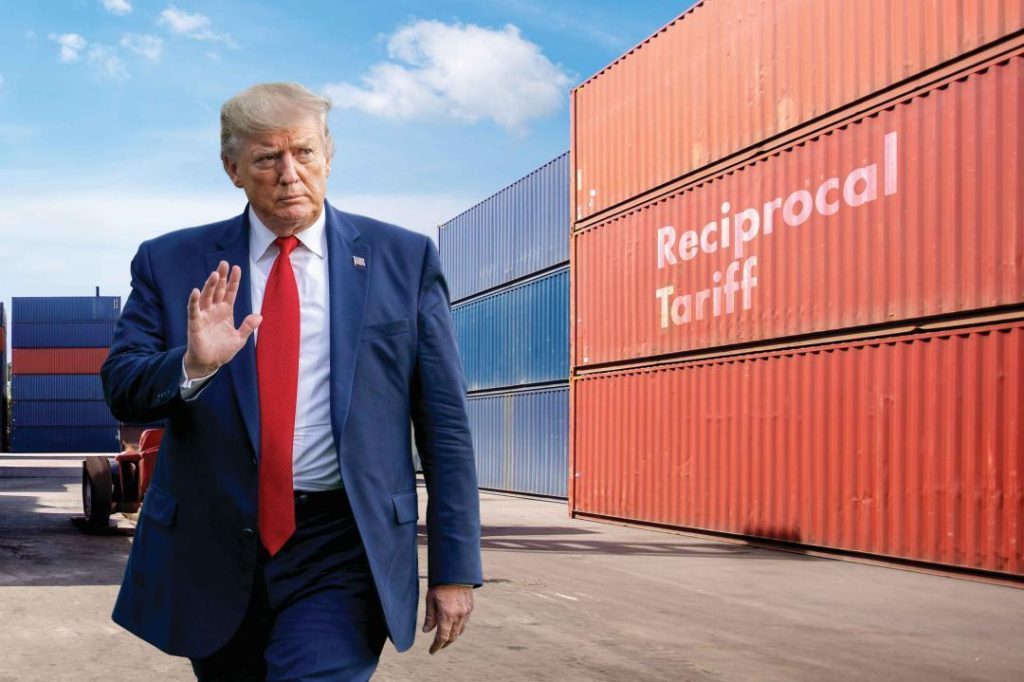
The Great Tariff War: Disruption, Diplomacy, & the Future of Trade
The global economy is facing a new era of uncertainty as the United States and China continue to engage in a trade war, with far-reaching implications for international trade, supply chains, and economic growth. The latest development in this ongoing saga is the US announcement of new tariffs on Indian goods, worth around $5 billion, in a bid to counterbalance India’s growing trade deficit with the US. As the world grapples with the consequences of this tariff war, it’s essential to examine the underlying factors driving this conflict and its potential impact on the future of trade.
The Tariff War: A Brief History
The trade war between the US and China began in 2018, when the Trump administration imposed tariffs on Chinese goods worth $34 billion, citing allegations of intellectual property theft and unfair trade practices. China retaliated by imposing its own tariffs on US goods, leading to a cycle of tit-for-tat measures that have continued to escalate. In recent months, the US has imposed tariffs on a wide range of Chinese goods, including electronics, machinery, and textiles, while China has targeted US agricultural products, including soybeans and pork.
The latest development in this conflict is the US announcement of new tariffs on Indian goods, worth around $5 billion. This move is seen as a response to India’s growing trade deficit with the US, which has increased by over 50% in the past year. The tariffs are expected to impact a range of Indian goods, including textiles, machinery, and chemicals.
Disruption and Diplomacy: The Impact of Tariffs on Trade
The tariff war has already had significant consequences for global trade and the economy. Tariffs have led to increased costs for businesses, which have responded by raising prices and cutting back on production. This has had a ripple effect on supply chains, leading to shortages and delays in shipments. The impact has been particularly severe for small and medium-sized businesses, which lack the resources to absorb the costs of tariffs.
Despite the disruption caused by tariffs, there are still opportunities for businesses to adapt and thrive in this new environment. The key is to identify new markets and supply chain partners, and to invest in technologies that can help mitigate the effects of tariffs. This may involve diversifying supply chains, investing in automation, and developing new products and services that can help businesses compete in a tariff-affected market.
The Future of Trade: An Opportunity for India
The tariff war has created an opportunity for India to strengthen its position as a global manufacturing and logistics hub. As businesses look for alternative suppliers and supply chain partners, India is emerging as a viable option. With its large and growing middle class, India offers a vast and untapped market for goods and services. Additionally, India’s strategic location and infrastructure make it an attractive option for businesses looking to diversify their supply chains.
To capitalize on this opportunity, India must invest in its infrastructure and logistics capabilities. This may involve developing new ports, roads, and rail networks, as well as investing in technologies such as automation and data analytics. Additionally, India must continue to improve its business environment, including simplifying regulations and reducing bureaucracy.
Conclusion
The tariff war between the US and China is a complex and rapidly evolving situation that has significant implications for global trade and the economy. While tariffs have caused disruption and uncertainty, they also offer opportunities for businesses to adapt and thrive in this new environment. India is emerging as a key player in this scenario, with its strategic location and growing middle class making it an attractive option for businesses looking to diversify their supply chains.
As the world navigates this new era of trade and uncertainty, it’s essential to prioritize diplomacy and cooperation. The US and China must work to resolve their differences and find a path forward that benefits all parties. India, meanwhile, must continue to invest in its infrastructure and logistics capabilities, and to improve its business environment, in order to capitalize on the opportunities presented by the tariff war.
Source:
https://www.logisticsoutlook.com/supply-chain/the-great-trump-tariff-war






